Kate Rowell runs Hundleshope Farm with her husband, Ed. The 750ha farm is an upland and hill unit, running from 800ft to 2,200ft above sea level.
The farm is rented under a life tenancy agreement, with Kate taking over the business from her parents in 2004. Her family has farmed the land for 150 years.
In addition to running the farm, Kate is a vet and, since August 2018, she has been chair of Quality Meat Scotland (QMS), the Scottish equivalent of Bord Bia.
Cattle herd
The suckler herd consists of 85 spring-calving cows, which are kept outdoors all year round. Cow type is a mixture of breeds, having used a number of different stock bulls in recent years.
“We have had Angus, Saler, Shorthorn, Luing and Limousin stock bulls, so you could say we have a mixed herd. We generally use a Charolais as a terminal sire to appeal to store buyers,” says Kate.
“We were impressed with the Luing bull, as we didn’t have to calve a cow he served. But his heifers were not big enough to calve at two years old.
Last year, I tried a trick of pouring cider vinegar on to their backs to stop the fighting. It seemed to settle them down, but I don’t claim to know why
“We like calving at two years old, with heifers over 420kg going to the bull. The bulls are removed after 10 weeks of breeding to keep calving tight. I would really like to shorten calving further, but I don’t think I want to lose too many cows.
“The bulls are all kept in the same field for ease, there is a bit of sorting out who is the boss as the start, but within a day or two they settle down.
“Last year, I tried a trick of pouring cider vinegar on to their backs to stop the fighting. It seemed to settle them down, but I don’t claim to know why.”
Thankfully, there is less need for herd replacement this year, as cow numbers are on the high side for the farm. But next year, if Luing heifers are too light to breed, Kate will consider buying in a group of replacement heifers to serve.
Selling stock
Calves are sold live at around 10 months of age in February. Most years, bullocks typically weigh 350kg to 400kg, with heifers weighing 350kg to 380kg.
This spring, heifers averaged £810 (€952) at 350kg, with bullocks also averaging 350kg and £820 (€965). Calves are creep fed from the middle of July to maximise growth rates.
This year, I hope to try treated oilseed rape meal to replace the soya in the diet
They are housed after weaning in November and fed silage, barley, soya and minerals. The cows and calves are housed separately for a few days to settle at weaning, with cows returned to the fields once they have dried off.
“I am keen to move away from soya, as I don’t know if it is being grown sustainably or not.
“This year, I hope to try treated oilseed rape meal to replace the soya in the diet,” adds Kate.
Winter bedding
“Dairy farmers say it is working and they know pretty quickly through the milk yield. I might do a trial with one court on soya and the other on treated rapemeal.
“Calves are normally wintered on straw-bedded courts, which cost around £100/t (€117). Around 10ha of spring barley is grown annually to fit in with reseeding. Home-ground straw is usually fed to cattle.
“We have tried woodchip in recent years. For two courts, we use two loads of woodchip costing £600 (€705). Woodchip is at least 3ft deep in a court.
“I prefer it to straw, as the cattle don’t plunge through the bedding as much. We buy a single load in January to top up the courts.
“It works out at £30/head (€35) to bed calves over winter. The muck is then stored in a midden for over a year before being spread on the fields.”
Calving
Cows are calved outside from mid-April. It has its challenges, but keeps costs low and there are very few instances of pneumonia or scour.
If a problem needs to be addressed, cattle can be taken inside, but with a team of two people to work the farm, cow temperament is critical.
The herd is quite young, with no cows over 10 years old, as Kate culls anything not in-calf, apart from the odd small heifer which might be a second chance.
Winter feeding
Being an upland farm, grass growth tails off in September and, by October, feeding starts in the fields. Throughout winter, cows are fed silage and straw, which is normally offered every two to three days in ring feeders.
Cows are batched in three groups and fed accordingly to maintain body condition for calving. Younger cows and older, thinner animals get priority feeding.
Fodder crops have been trialled, but with little success. Cows are wintered on improved fields rather than the hill, which is steep and has limited road access for feeding outdoors.
Sheep
The farm runs 400 Greyface ewes crossed exclusively to Meatlinc rams for 10 years, which costs £650 (€764) for high-index sires. Ewes scanned at 180% this spring.
Last year, all hill lambs were sold as stores for around £70/head
There is also a hill flock of 300 Blackfaces ewes to graze the harsh, less accessible hill. Kate has been working at improving output from hill ewes, rising scanning rates from 85% to 115%, which is producing more than 100 extra lambs born annually. Last year, all hill lambs were sold as stores for around £70/head (€82) before January, with Meatlinc lambs sold fat at £78 (€92).
Monitor farm
From 2012 to 2015, Kate and Ed operated a demo farm with the monitor farm programmes through QMS.
“One of the changes we implemented was to bull the heifers at the same time as cows. Historically, we bulled them later and calved them after the cows.
The last couple years we have supplemented the sheep diet to lift the protein content
“Another change was to test silage and act on it. We now only offer supplementary feeding to cows or sheep if they need it.
“The last couple years we have supplemented the sheep diet to lift the protein content. We feed 100g of soya per lamb per ewe. This has resulted in a massive reduction in prolapses and twin lamb disease in spring,” concludes Kate.
Read more
Strong start to Scottish store lamb trade in Stirling
Thrive weekly roundup: feeding meal to calves at grass and Roscommon farm visit
Kate Rowell runs Hundleshope Farm with her husband, Ed. The 750ha farm is an upland and hill unit, running from 800ft to 2,200ft above sea level.
The farm is rented under a life tenancy agreement, with Kate taking over the business from her parents in 2004. Her family has farmed the land for 150 years.
In addition to running the farm, Kate is a vet and, since August 2018, she has been chair of Quality Meat Scotland (QMS), the Scottish equivalent of Bord Bia.
Cattle herd
The suckler herd consists of 85 spring-calving cows, which are kept outdoors all year round. Cow type is a mixture of breeds, having used a number of different stock bulls in recent years.
“We have had Angus, Saler, Shorthorn, Luing and Limousin stock bulls, so you could say we have a mixed herd. We generally use a Charolais as a terminal sire to appeal to store buyers,” says Kate.
“We were impressed with the Luing bull, as we didn’t have to calve a cow he served. But his heifers were not big enough to calve at two years old.
Last year, I tried a trick of pouring cider vinegar on to their backs to stop the fighting. It seemed to settle them down, but I don’t claim to know why
“We like calving at two years old, with heifers over 420kg going to the bull. The bulls are removed after 10 weeks of breeding to keep calving tight. I would really like to shorten calving further, but I don’t think I want to lose too many cows.
“The bulls are all kept in the same field for ease, there is a bit of sorting out who is the boss as the start, but within a day or two they settle down.
“Last year, I tried a trick of pouring cider vinegar on to their backs to stop the fighting. It seemed to settle them down, but I don’t claim to know why.”
Thankfully, there is less need for herd replacement this year, as cow numbers are on the high side for the farm. But next year, if Luing heifers are too light to breed, Kate will consider buying in a group of replacement heifers to serve.
Selling stock
Calves are sold live at around 10 months of age in February. Most years, bullocks typically weigh 350kg to 400kg, with heifers weighing 350kg to 380kg.
This spring, heifers averaged £810 (€952) at 350kg, with bullocks also averaging 350kg and £820 (€965). Calves are creep fed from the middle of July to maximise growth rates.
This year, I hope to try treated oilseed rape meal to replace the soya in the diet
They are housed after weaning in November and fed silage, barley, soya and minerals. The cows and calves are housed separately for a few days to settle at weaning, with cows returned to the fields once they have dried off.
“I am keen to move away from soya, as I don’t know if it is being grown sustainably or not.
“This year, I hope to try treated oilseed rape meal to replace the soya in the diet,” adds Kate.
Winter bedding
“Dairy farmers say it is working and they know pretty quickly through the milk yield. I might do a trial with one court on soya and the other on treated rapemeal.
“Calves are normally wintered on straw-bedded courts, which cost around £100/t (€117). Around 10ha of spring barley is grown annually to fit in with reseeding. Home-ground straw is usually fed to cattle.
“We have tried woodchip in recent years. For two courts, we use two loads of woodchip costing £600 (€705). Woodchip is at least 3ft deep in a court.
“I prefer it to straw, as the cattle don’t plunge through the bedding as much. We buy a single load in January to top up the courts.
“It works out at £30/head (€35) to bed calves over winter. The muck is then stored in a midden for over a year before being spread on the fields.”
Calving
Cows are calved outside from mid-April. It has its challenges, but keeps costs low and there are very few instances of pneumonia or scour.
If a problem needs to be addressed, cattle can be taken inside, but with a team of two people to work the farm, cow temperament is critical.
The herd is quite young, with no cows over 10 years old, as Kate culls anything not in-calf, apart from the odd small heifer which might be a second chance.
Winter feeding
Being an upland farm, grass growth tails off in September and, by October, feeding starts in the fields. Throughout winter, cows are fed silage and straw, which is normally offered every two to three days in ring feeders.
Cows are batched in three groups and fed accordingly to maintain body condition for calving. Younger cows and older, thinner animals get priority feeding.
Fodder crops have been trialled, but with little success. Cows are wintered on improved fields rather than the hill, which is steep and has limited road access for feeding outdoors.
Sheep
The farm runs 400 Greyface ewes crossed exclusively to Meatlinc rams for 10 years, which costs £650 (€764) for high-index sires. Ewes scanned at 180% this spring.
Last year, all hill lambs were sold as stores for around £70/head
There is also a hill flock of 300 Blackfaces ewes to graze the harsh, less accessible hill. Kate has been working at improving output from hill ewes, rising scanning rates from 85% to 115%, which is producing more than 100 extra lambs born annually. Last year, all hill lambs were sold as stores for around £70/head (€82) before January, with Meatlinc lambs sold fat at £78 (€92).
Monitor farm
From 2012 to 2015, Kate and Ed operated a demo farm with the monitor farm programmes through QMS.
“One of the changes we implemented was to bull the heifers at the same time as cows. Historically, we bulled them later and calved them after the cows.
The last couple years we have supplemented the sheep diet to lift the protein content
“Another change was to test silage and act on it. We now only offer supplementary feeding to cows or sheep if they need it.
“The last couple years we have supplemented the sheep diet to lift the protein content. We feed 100g of soya per lamb per ewe. This has resulted in a massive reduction in prolapses and twin lamb disease in spring,” concludes Kate.
Read more
Strong start to Scottish store lamb trade in Stirling
Thrive weekly roundup: feeding meal to calves at grass and Roscommon farm visit




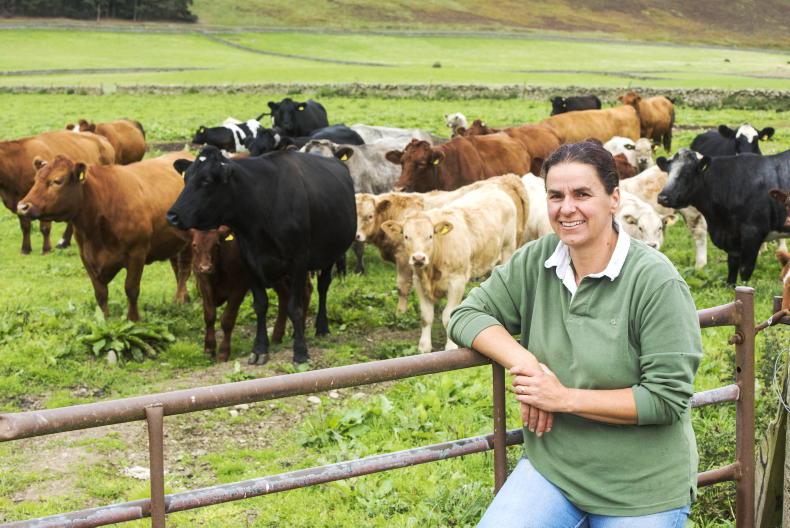
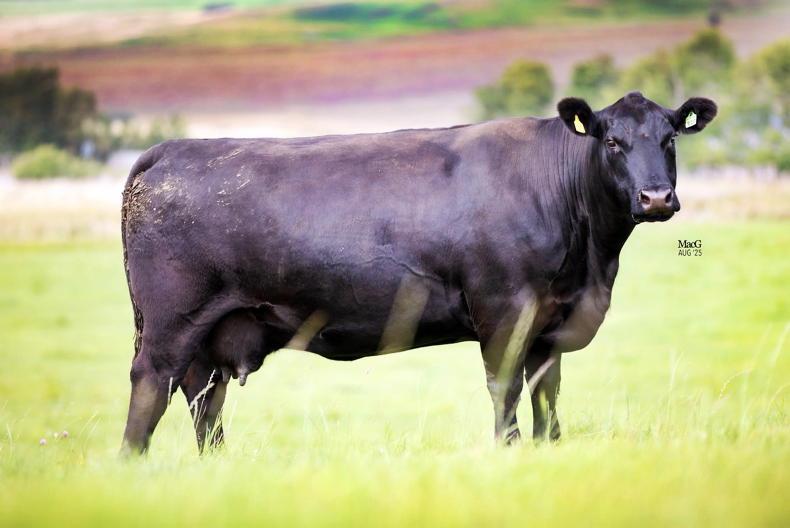
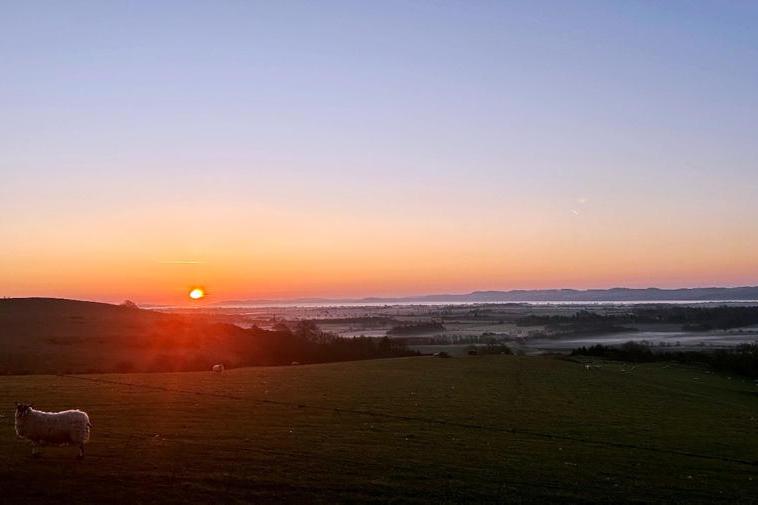
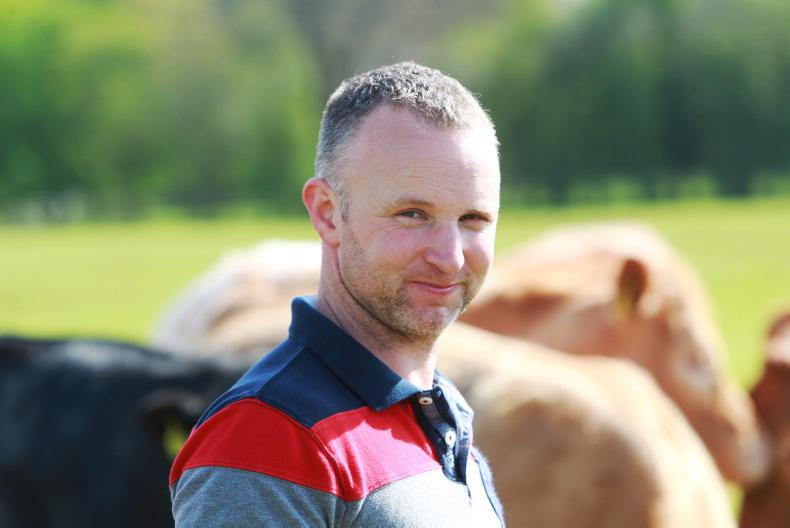
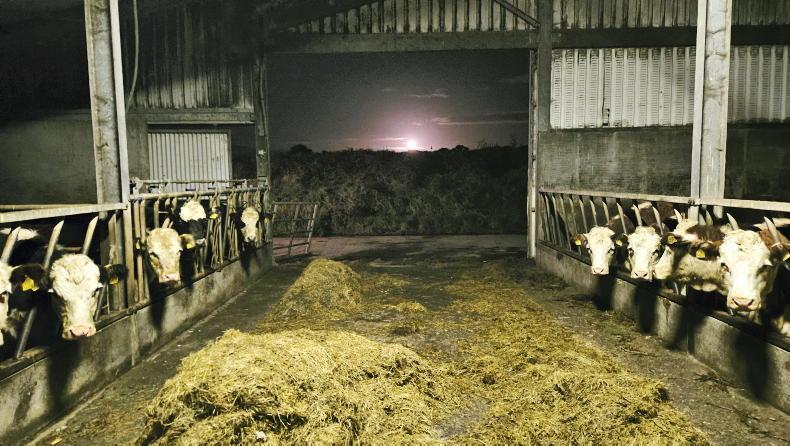
SHARING OPTIONS